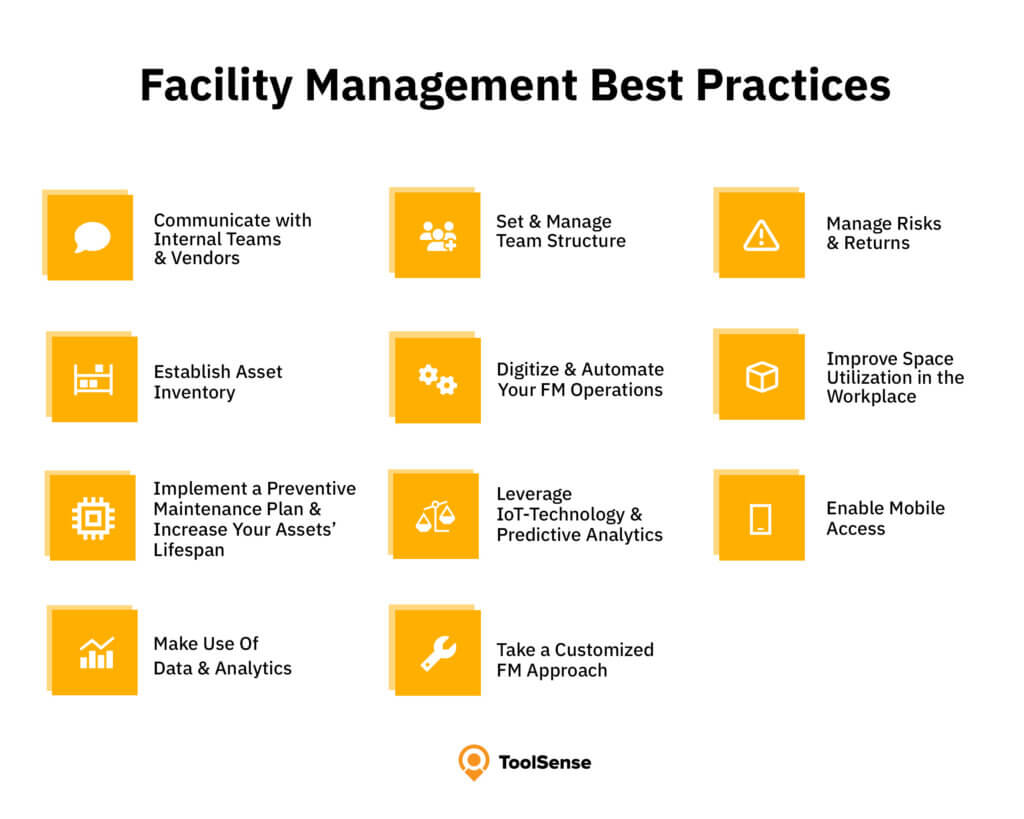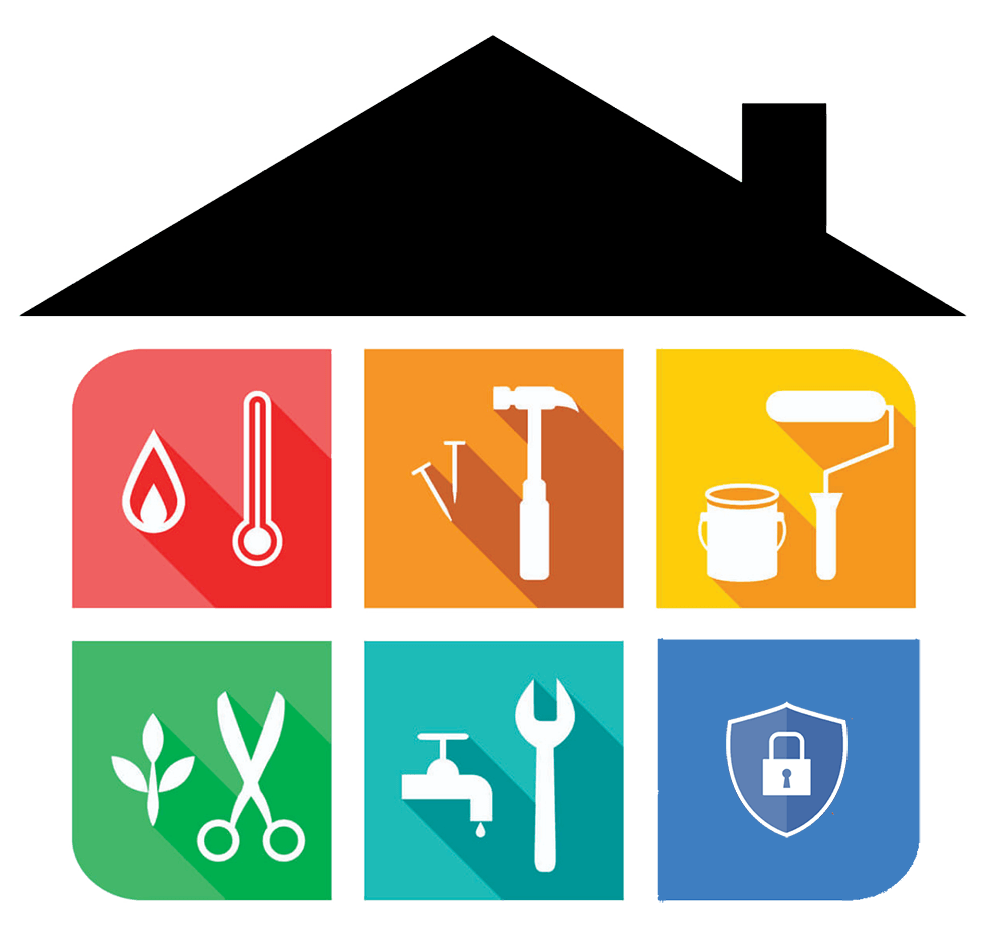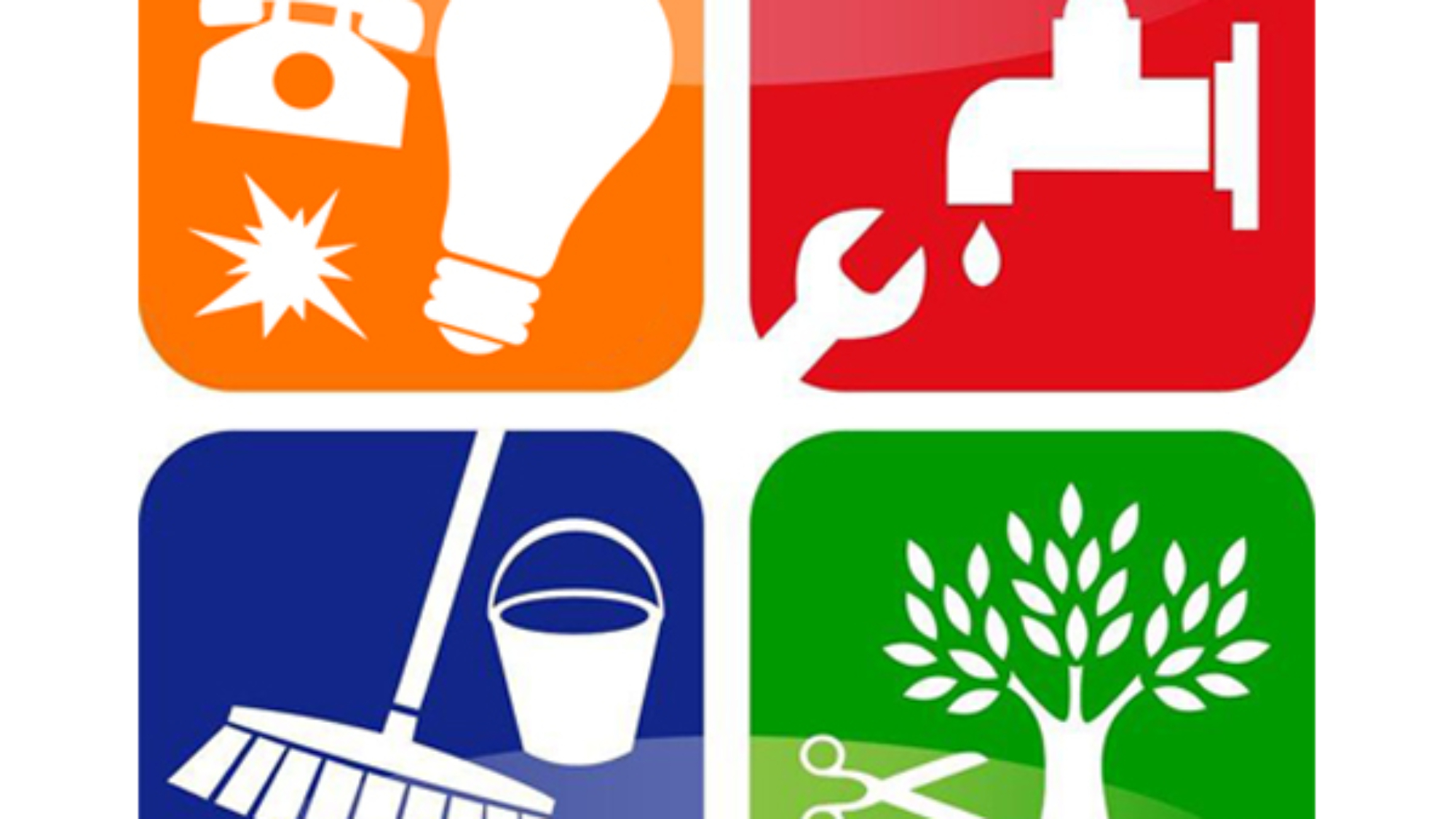Facility Management-- Streamlined Operations and Cost Savings
Facility Management-- Streamlined Operations and Cost Savings
Blog Article
The Crucial Overview to Facility Management: Strategies for Success
Facility administration plays a critical function in the general success of a company, serving as the backbone that supports efficiency, effectiveness, and security. The subtleties of reliable center monitoring expand past plain logistics and require a comprehensive understanding of both quantitative and qualitative metrics.
Comprehending Facility Administration
What makes up efficient facility administration? Effective facility management encompasses the coordination of various organizational features to make certain that constructed settings are secure, reliable, and favorable to efficiency. It integrates the principles of architecture, design, and organization administration to develop a smooth functional flow within a company.
Secret aspects of center management include room preparation, upkeep management, and compliance with health and wellness laws. Room planning focuses on optimizing making use of physical resources to sustain business objectives, while upkeep administration makes certain that centers are maintained in optimum problem, making the most of life expectancy and minimizing functional expenses. Compliance with legal and regulative standards is essential, as it safeguards the organization against potential responsibilities and boosts its online reputation.
Furthermore, reliable center administration counts on the tactical use technology, such as Structure Administration Solution (BMS) and Computer-Aided Facility Management (CAFM) devices. These modern technologies assist in real-time tracking of building systems and streamline upkeep processes (Facility Management). Ultimately, a comprehensive strategy to center administration not only advertises operational efficiency yet likewise fosters a favorable atmosphere for employees and site visitors alike, driving total organizational success

Key Methods for Optimization
Maximizing facility administration calls for a strategic technique that straightens operational exercise with business purposes. To achieve this, the first crucial approach is the implementation of integrated technological options. Making use of innovative software systems enables for real-time tracking of center procedures, promoting data-driven decision-making and improving overall efficiency.
Secondly, routine evaluations of center efficiency are necessary. Performing regular examinations and audits enables facility managers to identify locations that require renovation, ensuring that resources are allocated effectively. This proactive approach helps in minimizing downtime and enhancing solution distribution.
An additional essential approach is cultivating cooperation throughout departments. By encouraging open communication in between groups, center managers can better straighten their approaches with organization objectives, resulting in improved operational synergy. Furthermore, involving staff in training programs promotes a culture of liability and improves their capability to add to optimization initiatives.
Enhancing Safety Protocols
Enhancing safety methods is essential for developing a safe atmosphere within facilities. A thorough security protocol not just secures visitors and employees yet likewise boosts functional efficiency. Facility Management. To attain this, facility supervisors should perform routine risk evaluations to guarantee and recognize prospective threats that proper measures are in area

Additionally, clear communication networks must be developed to report safety and security problems without delay. This consists of developing an obtainable system for staff members to articulate prospective risks or events without fear of reprisal. Leveraging modern technology can improve security measures; for read more instance, carrying out monitoring systems and access controls aids keep an eye on facility tasks and restrict unapproved entrance.
Lastly, conformity with regional regulations and sector requirements is non-negotiable. Regular audits and testimonials of safety methods make sure alignment with existing legislations and ideal methods. By focusing on these methods, facility supervisors can cultivate a culture of safety and security that secures all stakeholders and ultimately adds to the organization's success.
Improving Work Environment Environment
A positive office atmosphere dramatically improves staff member morale and performance, making it a crucial emphasis for center administration. To develop such an environment, center supervisors should focus on numerous crucial elements, consisting of functional designs, appearances, and worker interaction.
Ergonomic factors to consider are vital to decrease physical strain and discomfort. This includes providing adjustable furnishings, correct lighting, and appropriate room for motion. These changes can result in decreased absence and increased work fulfillment.
Visual appeals play a crucial function in shaping the work environment environment. Making use of color psychology, all-natural lights, and plant can foster a inviting and boosting environment. Thoughtfully created areas can increase creativity and enhance general well-being.
In addition, urging employee engagement through inclusive decision-making procedures can improve the feeling of ownership and belonging. Gathering feedback on work environment renovations and including workers in the style procedure can bring about a more customized atmosphere that fulfills their needs.
Lastly, advertising well-being initiatives, such as health cares and leisure spaces, Visit Website can better add to an encouraging workplace society. By concentrating on these strategies, center managers can successfully enhance the workplace setting, driving both employee contentment and organizational success.
Measuring Success in Facilities
Determining success in facility administration calls for an extensive approach that reviews both qualitative and quantitative metrics. Measurable metrics typically include vital efficiency indications (KPIs) such as space usage rates, energy usage, upkeep costs, and occupancy levels. These metrics offer a clear image of operational efficiency and economic efficiency, enabling facility managers to identify areas for improvement and benchmark against market requirements.
Qualitative metrics, on the various other hand, concentrate on user satisfaction and worker interaction. Studies and responses systems can evaluate how well the centers meet the requirements of occupants, aiding to evaluate the general office atmosphere. This element is essential, as a completely satisfied workforce is typically connected to enhanced productivity and retention rates.
To effectively gauge success, center managers ought to additionally think about integrating technology, such as developing management systems and information analytics devices, to collect and analyze relevant information. On a regular basis reviewing both sets of metrics permits an extra balanced sight of efficiency and notifies critical choices. Ultimately, a successful center administration method depends upon a dedication to continual renovation, guaranteeing that both operational performances and customer contentment are focused on.

Conclusion
To conclude, efficient facility monitoring is crucial for enhancing organizational performance. By applying integrated technological options, performing regular evaluations, and promoting collaboration across divisions, companies can achieve optimal resource allotment and operational efficiency. Prioritizing security procedures and improving workplace settings further contribute to raised employee fulfillment. Lastly, determining success with both measurable and qualitative metrics permits continuous improvement, ultimately leading to lowered functional costs and a more effective business ambience.
Facility management plays an important role in the total success of an organization, serving as the backbone that supports safety and security, efficiency, and efficiency.Secret aspects of facility management consist of room preparation, maintenance management, and compliance with health and safety and security guidelines.Moreover, efficient facility management counts on the calculated use of technology, such as Structure Monitoring why not try these out Solution (BMS) and Computer-Aided Facility Monitoring (CAFM) devices. Ultimately, a comprehensive strategy to center management not just advertises operational performance however also cultivates a positive environment for site visitors and workers alike, driving overall business success.
Eventually, a successful center management approach hinges on a dedication to constant renovation, making sure that both functional performances and individual satisfaction are focused on.
Report this page